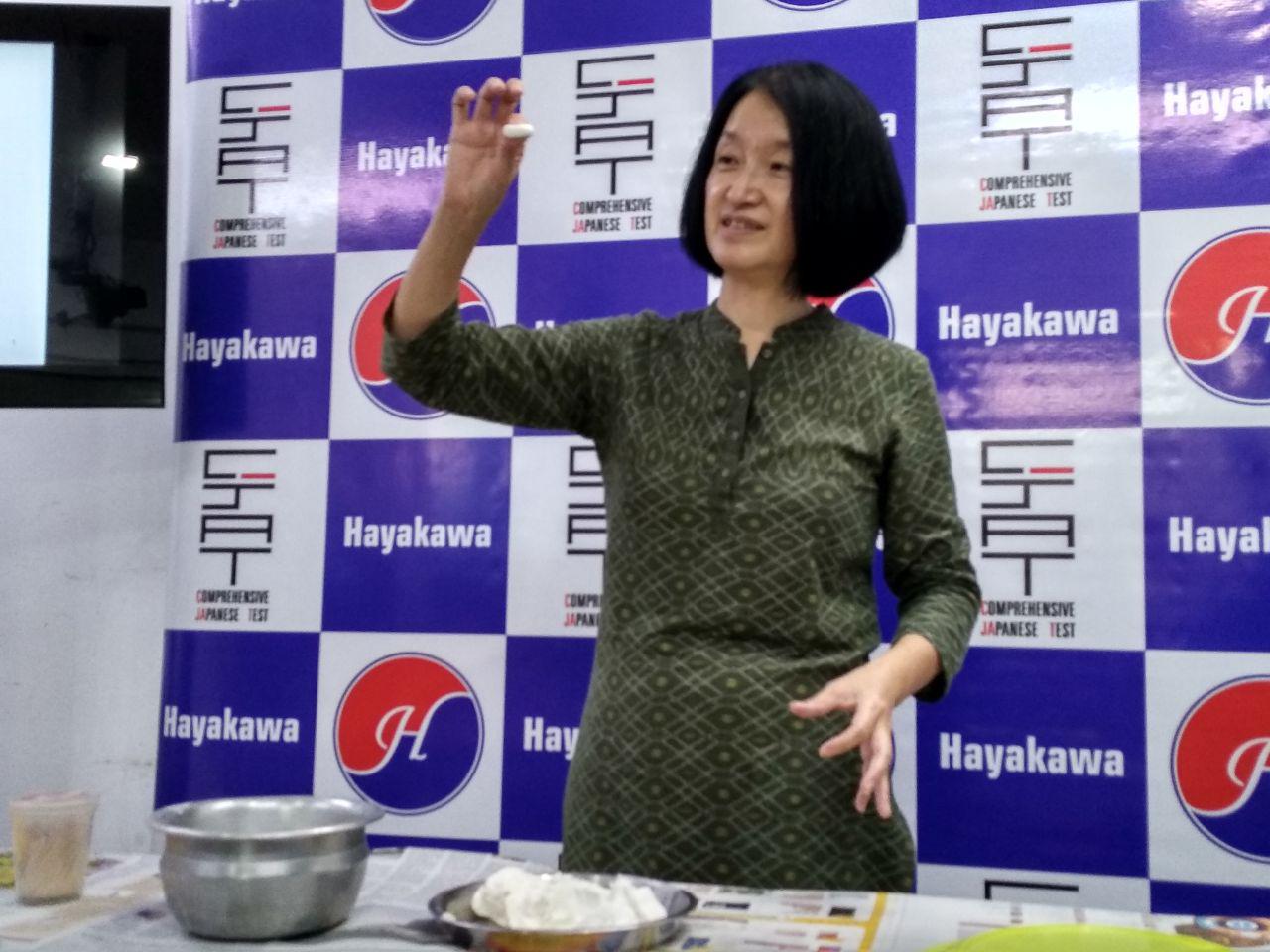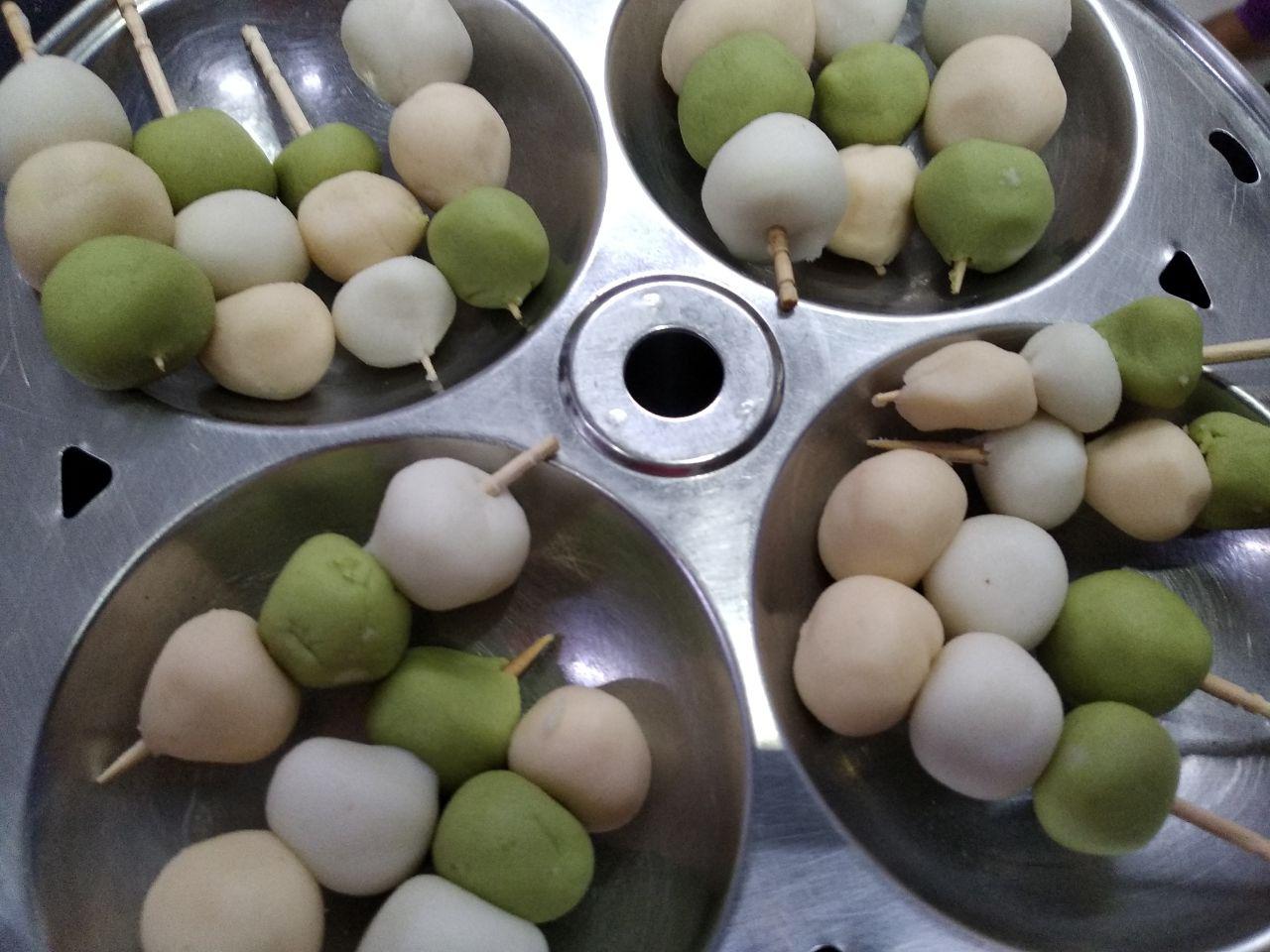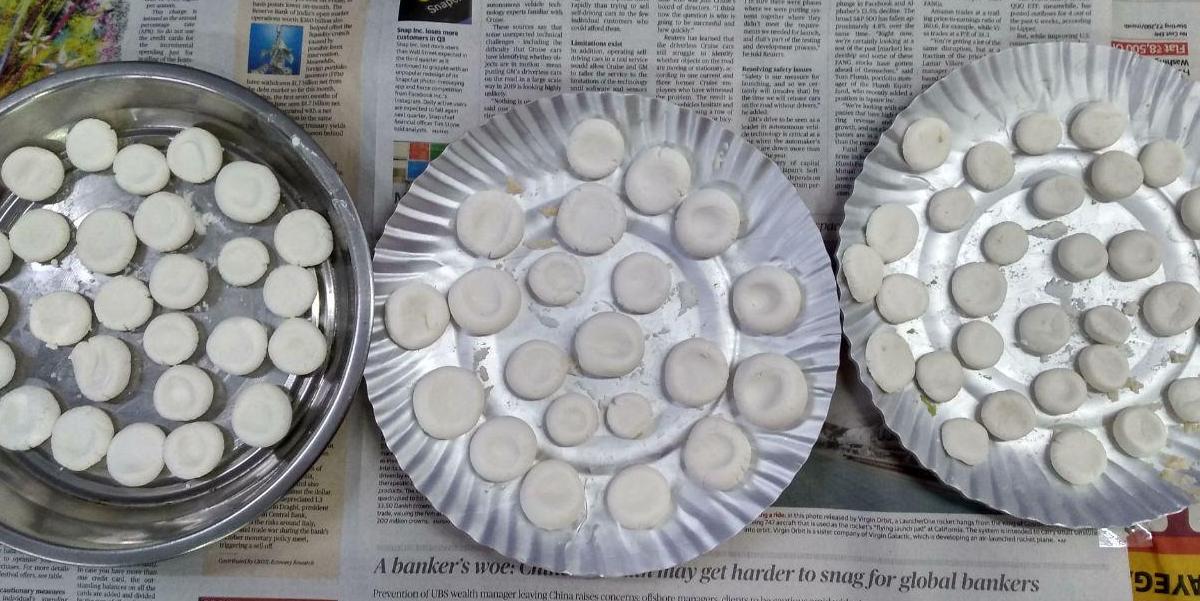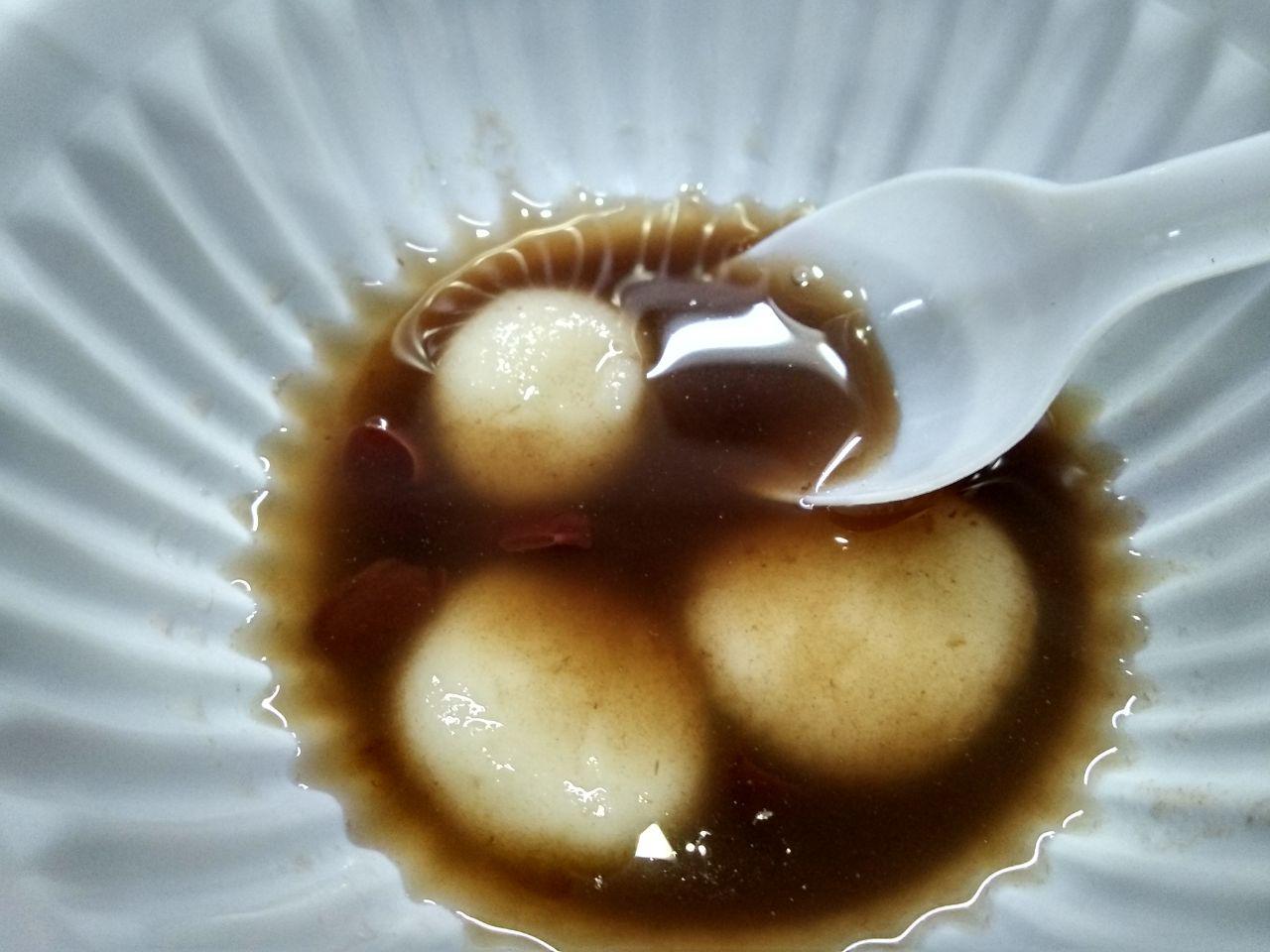Chennai
Hayakawa Japanese School Hosts Culturally Invigorating Japanese Dango Festival
Shimizu Sensei starts her session with a bow and a polite ‘Konichiwa’ as the attendees imitate her greeting. The Japanese Dango Festival is an initiative by the Hayakawa Japanese School to give their students exposure to the culture of Japan. This event consists of a demonstration of Dango making by Shimizu Sensei, followed by Green Tea Tasting, complete with a brief overview of the Japanese Tea Ceremony.
Dangos by the Dozen
‘Dangos’ are sweet, little, Japanese steamed or boiled dumplings which come in a variety of flavours and ingredients that are eaten throughout the year as the season calls for it. Shimizu Sensei explains the different types of Dangos, and then she moves on to shaping them out of the pre-kneaded dough she has brought.

‘We will be making two types of Dango today. One will be made with Japanese Rice Flour and the other will be made with Indian Rice Flour. You will find that the Japanese Rice Flour will be stickier than the Indian flour,’ she explains, and proceeds handing out the dough for the attendees to try it for themselves.

Dangos made by the students ready to be steamed.
We roll out tiny balls from the different coloured dough – the white one, the green one that is coloured with green tea and the peach dough that is coloured with carrots. Our Dangos are skewered on toothpicks and steamed in an Idli Steamer. Meanwhile we roll out the other dough for the boiled dumplings and they are boiled. They float to the top once they are cooked, and Sensei fishes them out and transfers them into cool water.
Once they are ready, the boiled Dangos are served with a red bean sauce sweetened with jaggery. They are very sticky and chewy, and softer than the other steamed Dangos, which taste a bit like Modaks or Kozhukattai (minus the stuffing). We are asked to guess which one is made of Indian rice flour and most of us get it right. The taste reminiscent of Modaks was quite a giveaway.
In the Way of Tea
Once we’ve had our fill of the self-made Dangos, we move on to the Green Tea Tasting. Shimizu Sensei gives us some very interesting insights into the traditional Tea ceremony of Japan that is called Sado – meaning ‘The Way of Tea’.
Sado, Sensei explains, is not only how we drink the tea, but the philosophy, manner and composite art of tea drinking. Sado’s philosophy, developed centuries ago, stresses on the manner of hospitality extended to the guest. The philosophy of ‘Ichigo-Ichie’ teaches that each meeting should be treasured since it cannot be reproduced.
In Japan, a sweet is eaten before the tea, so that the bitter taste of the green tea (people come to relish it once they are used to it) is emphasized.
‘The green tea in India is very different and not the kind that is drunk in a traditional Japanese Tea Ceremony,’ says Sensei. ‘In Japan, Green tea is drunk without sugar, and this tea that we are about to drink is Matcha Green Tea.’
So she lays out the cutlery for the traditional tea ceremony to begin. These include a Chawan (tea bowl), Chashaku (bamboo scoop), and a Chasen (tea whisk, also made with bamboo).
The tea bowls are very priceless as they are one of a kind and cannot be replaced, says Sensei. (So we completely understand when she requests the volunteers with a bow to avoid breaking the tea bowls) She instructs the volunteers to hold the bowl with both hands, as that is always the Sado way.
The first step is greeting your guest. When this is done, one says ‘Osakini’ to the other, indicating politely that he/she will drink first. Then the tea is made by first washing the bowl by swirling around a little water in a delicate movement. The tea powder is scooped in with the Chashaku, followed by hot water. This is then stirred vigorously with the Chasen, the letter ‘Noh’ is made and it is given to the guest with a bow, and received with an ‘Arigatou’ and a bow. One must always give the guest the tea bowl with the design on the front facing their way. However, the receiver must turn the bowl around little by little so that they do not drink from the patterned front of the bowl. Once they have finished the tea, the bowl must be turned around and returned to the host in the same way it was given.
The Green tea is bitter for people who have never had it before, but Sensei reveals that once you get used to the taste, you can even drink it 2-3 times a day like the Japanese. Our brief sojourn to Japan ended with this revelation, and an invitation to future similar events Hayakawa will be hosting.












